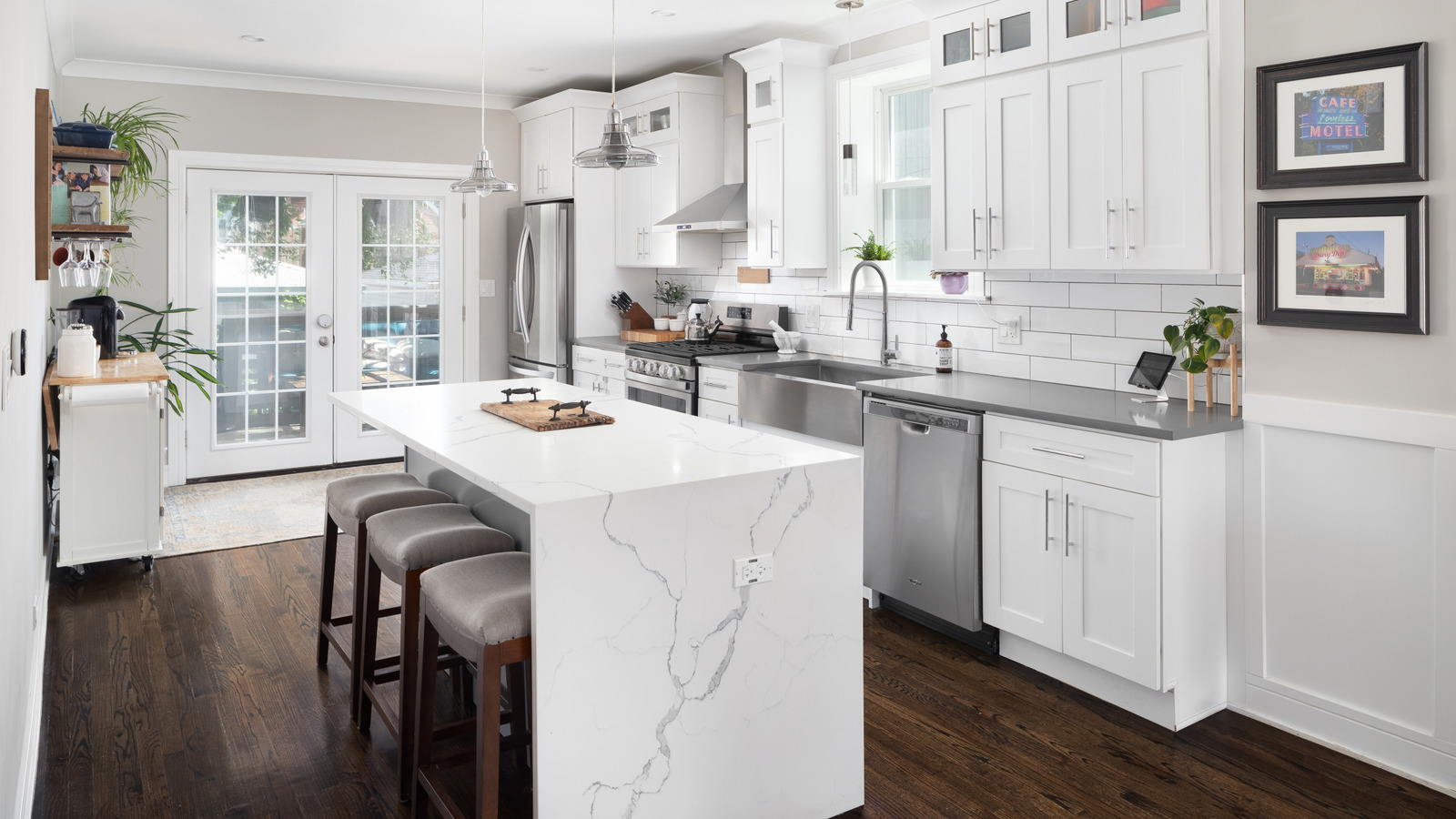
"When someone mentions a waterfall countertop, they're not talking about flowing water or the waterfall-style faucets installed in many modern kitchens. This type of countertop is actually a bold, sleek design feature in which the surface doesn't stop at the edge, but cascades like a waterfall straight down the sides to meet the floor. This creates a seamless, sculptural look that's artsy but expensive. Although some versions may cost around $200, the price can easily exceed $1,200."
"It mostly reflects the need for extra materials, precision fabrication, and skilled labor for installation. While standard countertops typically feature a flat slab resting atop the cabinetry, a waterfall countertop requires more of the same material wrapping down the sides. On kitchen islands, a popular place for waterfall counters, the price can vary depending on whether you opt for partial versus full‑height extension to the ground on one side or both."
"Achieving a seamless flowing "fall" down the side means meticulously cut pieces. Mitered edges are necessary when two 45-degree slab edges join to form a 90-degree corner. Sometimes fabrication requires the use of a computer numerical control laser cutter (CNC), which can increase the cost by as much as $2,000. Installation expense increases as well, since the slab edges must align perfectly to get the desired effect. Precision is crucial when marbled veins or other patterns must follow a contiguous path from countertop to floor."
Waterfall countertops extend the countertop material down the sides to the floor, creating a seamless, sculptural appearance. Costs range widely, often starting near $200 but frequently exceeding $1,200. Higher expense stems from additional material use, precise fabrication techniques, and specialized installation labor. Price varies by material choice—marble typically costs more than wood or concrete—and by configuration, such as partial versus full-height waterfall extensions on islands. Fabrication can require mitered joints and CNC cutting, and installation demands exact alignment for continuous veining or patterns, further increasing labor and equipment costs.
Read at Tasting Table
Unable to calculate read time
Collection
[
|
...
]